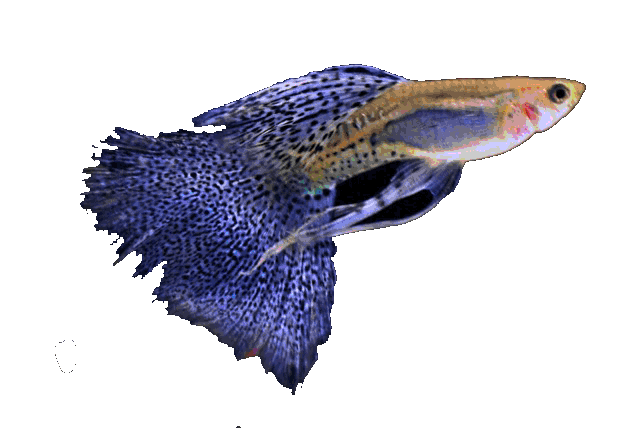



Young pike with a shorter lower jaw
Basic data:
Scientific name: Dermogenys collettei (Meisner, 2001)
Explanation of words: Dermogenys (derma = skin , genes = face, jaw )
Slovenian name: -
Group: Livebirds
Source: Singapore, Brunei, southern peninsula of Malaysia, Sarawak, northwestern Kalimantan, Sumatra .
Size: 6 cm
Biotope / Habitat : Inhabits small streams and ponds from fresh to salt water in both wooded and open areas. Fish occupy the water surface and are often found near the banks of water bodies.
Social behavior: Males often fight with each other, coexisting with peaceful fish of the same size
Nutrition: Food on the surface (fleas, algae, insects, ...)
Cultivation: Moderately difficult
Aquarium: Minimum 70 liters
Population: 6 fish in 70 liters of water
Decoration: Floating plants
Temperature: 24-28 ° C
pH: 5-7.5
Hardness: from 6 ° dGh to 12 ° dGh
Lifespan: 3 years
Synonyms
Dermogenys collettei
Dermogenys pusillus Herre, 1944
Dermogenys pusilla Meisner & Burns, 1997
Kingdom: Animalia / animals
Trunk: Chordata / string players
Class: Actinopterygii / arthropods
Order: Beloniformes / needles and flyers
Family: Zenarchopteridae / freshwater beaked pike
Genus: Dermogenys
Species:Dermogenys collettei (Meisner, 2001)
Cultivation
For a pike, the surface of the water is more important than the depth, as it spends almost all of its life just below the water's surface. We take care of dense vegetation on the surface. We cover the aquarium well as the fish is an excellent jumper. They may have the addition of salt in the water, which is changed often enough in smaller quantities. We take care of stable chemistry and temperature in the aquarium. Always have a group of pike (male to 3 females). The flow of water should be slow as it inhabits the shallow banks of lowland rivers and ponds in nature.
Food
The pike feeds exclusively on the surface of the water, it loves live food that it picks up from the surface (fleas, flies, larvae, ...)
Reproduction
The most important elements of fish courtship of this genus begin in males swimming towards the female, and may involve biting fins. The copulation process happens very quickly, males have been observed to bend around the female. Unprepared females have been observed to swim away or even attack suitors. The specific process of insemination is not known, spermatozuegmata (sperm packets) are released via the andropodium (modified anal fin) in the vicinity or in the genital opening of the female.
D ermogenys collettei has the form of viviparity, where the entire period of pregnancy is intrafollicular (fertilization within the follicle),
Find out more here .
Interesting
As the English name (halfbeak) suggests, these fish have an unusual lower jaw that is noticeably longer and protrudes far in front of the upper jaw. The length of the lower jaw of these fish becomes more noticeable as the fish mature. Dermongenys collettei so inhabitants of areas which feed mainly on small floating larvae and adult insects that have landed on the water surface. The fish approaches the prey with its jaw from the side and not from the front. The lower elongated jaw of this group of pike contains mechanoreceptors (an organ called the sensory hill or neuromast) to detect the movement, taste and perception of chemicals. Read more here .
Description
Dermogenys collettei it has a grayish slender body that grows to about 6 cm. Adult females are larger than males. The dorsal fin is above the anal or pre-tail fin and may be reddish in color.
An example of the habitat of a species


